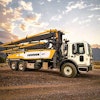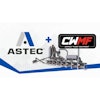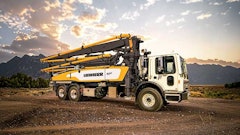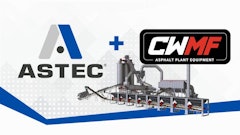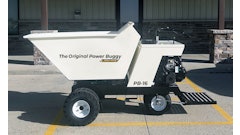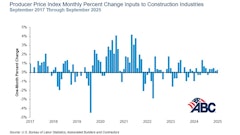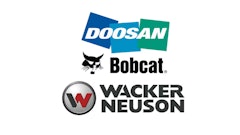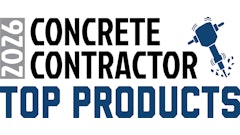Nothing is more difficult than troubleshooting problems at your plant. Generally there are so many paths to correcting a problem that it is hard to choose the correct one. But the problem gets much simpler if you first ask yourself: "Am I addressing the PROBLEM or a SYMPTOM?” As an example of this I will talk about a small problem I encountered at a CMI plant this summer.
At the plant, there was an issue with the fines from the virgin aggregate belt and the RAP belt blowing into the generator. It was suggested to build wind guards and dust barriers to stop this. This is a fine example of how to address a SYMPTOM of the main problem.
The actual problem is that the generator is in the wrong place. It should never have been put in a location that is subject to large quantities of airborne dust. It needed to be moved. If one needs to purchase longer leads to place the generator in a safe location, so be it. Wire is much cheaper than the engine and electronics in that generator trailer. This is an example of addressing the SYMPTOM while ignoring the real PROBLEM.
Another example, though a little harder to see is the issue of an ALmix plant being out of spec on job in Uvalde TX. That plant could not deliver the correct oil quantity. Everyone naturally focused on oil delivery.
When I started to troubleshoot the problem, they wanted me to focus on the oil delivery. But that was the SYMPTOM. The real PROBLEM was that the belt scale calibration was badly out of specs. Unfortunately, it could never be in spec because of how the plant operators were taught to calibrate it.
As you all know, the AC is directly tied to belt scale output. The men were told that a single point calibration would work. As the men were taught the calibrations there was only a very narrow band of what is called “resolution” or actual calibration on that belt scale. If the plant was not operating within that “resolution” then there was NO calibration. If there is NO calibration, how can the oil reliably track the aggregate? It can’t.
When the plant was moved to the next job we addressed the PROBLEM by doing Multi-Point Calibrations on the belt scales, the aggregate bins and the AC pump. Since then, production is going smoothly.
On another plant in Nevada I was asked to look at their Hauck burner. It was being very difficult to light. They were on RFO and had been having problems occasionally with their fuel oil heater but had gotten it serviced. However they still had a problem getting the unit to light reliably.
When I examined the unit, it was easy to see how they had gotten fixated on the fuel oil heater because it had given them so much trouble in the past. They presumed that the current SYMPTOM was a continuation of that earlier issue with the fuel oil heater, so no one even looked at anything else. I could see that the fuel was at the proper SSU (viscosity) so I doubted that it was the issue.
I tried to manually light the propane ignitor by jumping it in the J-Box on the burner. The ignitor flame was very weak. When I took the propane air/fuel blender (inspirator) apart I found that a wasp had built a mud nest in the pipe and nearly blocked off the propane flow. I cleaned it out, tried it again and everything worked correctly.
In each of these examples the tendency was to focus on the SYMPTOM because that is what was causing annoyance. Always look past the annoyance to find the root cause of the problem. And try not to allow yourself to get drawn into thinking that everything is a continuation of the last problem, like with the Nevada burner.
When I am troubleshooting a stubborn problem, I will keep a written record of what I have tried and what changes I made. I also record the results of each change. That way I can always go back to where I was if things get worse instead of better.
One of the best pieces of advice I can offer is - try SOMETHING. What are you going to do, make it not work some more? Remember, "that's how we’ve always done it" does not mean that is the RIGHT way to do it. If something is not working right and you think it is the root PROBLEM, CHANGE something and see the results.
Remember, if you have a problem and need some advice, email or call me. I will be happy to help. Now and anytime in the future.
Cliff Mansfield is owner of Cliff Mansfield Inc. and operates C.M. Consulting, an asphalt plant repairing, upgrading and operation training company. He is an asphalt plant engineer with 39 years of experience working with various brands and styles of asphalt plants. For more information, contact Cliff by calling 541-352-7942 or visiting hotplantconsulting.com.
